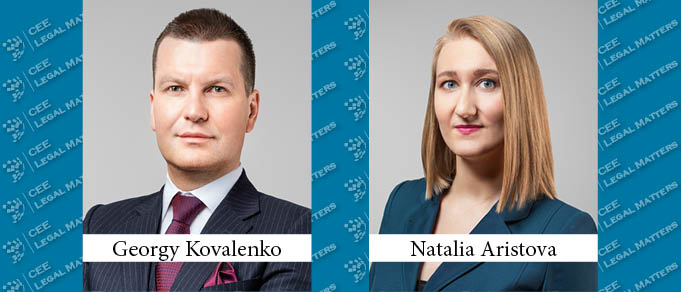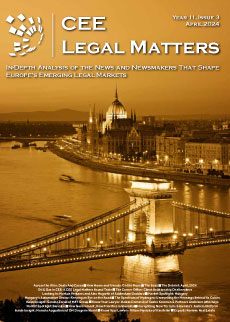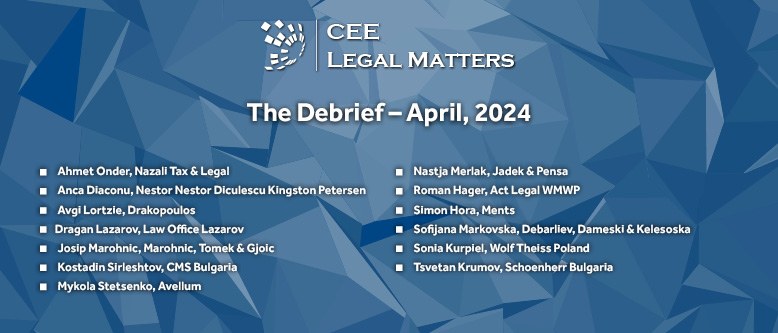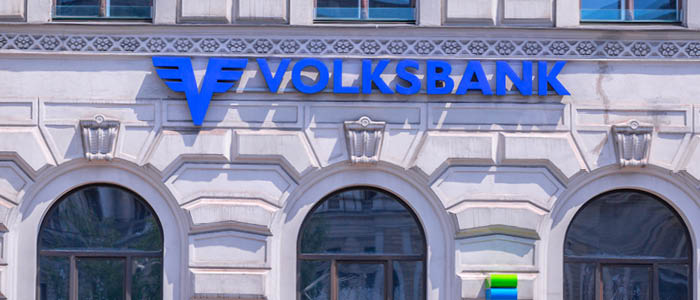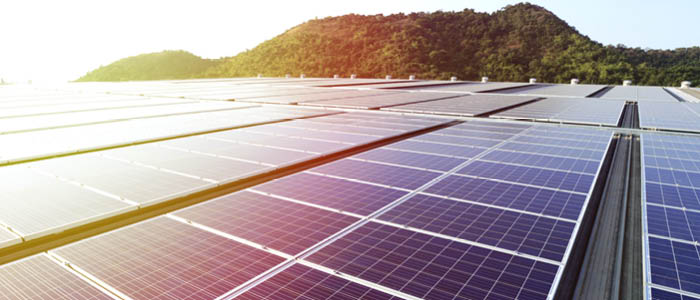The 26th UN Climate Change Conference, taking place in November 2021, and the recently published EU proposals on the Carbon Border Adjustment Mechanism have been at the top of the agenda, this summer, for the majority of Russian energy and other industrial corporations. The green agenda has never been so acute in Russia, the current level of business engagement in the preparations for negotiations on the implementation of Article 6 of the Paris Agreement cannot compare to the one during the Kyoto Protocol period.
The green agenda in Russia used to be rather vague and usually overlooked with the prevailing approach to undertake simple or even superficial measures, which was reflected in the legal framework. Until 2021 there was almost no climate change related legislation. The existing laws provided for basic energy-efficiency measures, like meter installation and energy efficiency labeling, as well as general air emissions control and air quality rules. However, in the past few years, the need for modernization of the industrial facilities and implementation of modern technologies has become the key driver for policy and legislation development. Since most modern technologies tend to be more sustainable and climate-friendly, their implementation could help to meet both the goals of industrial modernization and climate change mitigation.
Modernization and localization are now the focus of all state programs and are backed by various state support measures, including tax incentives and subsidies. Some of the economic instruments that could be used for promoting green technologies in Russia include mandatory implementation of the best available technologies (BAT) at the most polluting production facilities, including those of oil and gas majors, use of special investment agreements with the state, granting incentives in return for technological or infrastructure investments, green financing, and some others.
In the past several years, Russian environmental legislation underwent a deep transformation in the attempt to simultaneously simplify the complex existing permit regulation and get the polluters to modernize or pay more for pollution. These changes include the replacement, by 2025, of all types of environmental permits by a single integrated environmental permit, without which no new industrial facilities could be put into operation. To get this single permit, the most polluting facilities have to implement BATs applicable to their industry, or at least prepare a roadmap for implementation. Failure to meet those obligations could result in 100 times larger environmental fees. The lists of BATs per industry, including oil, gas, and petrochemicals, are approved by the Ministry of Natural Resources and Environment. As transferring to BATs requires substantial funds and resources, there are certain state incentives in place.
The newest instrument is the green financing subsidy. The subsidy mechanism allows for recovery of certain costs of corporate bonds and payments under credit facilities issued for BAT implementation projects, until 2024. Currently available funds amount to USD 60-70 million. The mechanism could be extended, if successful.
Another general investment support instrument that could be used for promoting green technology projects is the special investment contract (SPIC). Under a SPIC, the investor agrees to implement, or develop and implement, modern technology in the mass production of industrial goods and the state agrees to grant various benefits, including guaranteed stability of business conditions and tax incentives. According to SPIC rules, modern technology is the one that is environmentally friendly and has a beneficial social impact. So far, the instrument has been rather popular among companies producing high-end industrial equipment and mining, chemicals, and automotive companies.
A similar instrument, but with broader sector coverage and initially designated for major capital-intensive investment projects, is the capital investment protection and promotion agreement, under which the project entity can have access to state infrastructure subsidies and similarly apply for a stabilization clause. The infrastructure subsidy can cover costs for the creation, modernization, and/or reconstruction of the project-associated infrastructure, as well as the costs of financing for project infrastructure.
The array of available state-support measures in Russia applicable to energy companies and the current attention to the green agenda gives hope that many of the BAT projects will be implemented, thus helping to achieve both the national goal of industrial infrastructure modernization and the global goal of climate change mitigation.
By Georgy Kovalenko, Partner, and Natalia Aristova, Director, EY Law Russia
This Article was originally published in Issue 8.8 of the CEE Legal Matters Magazine. If you would like to receive a hard copy of the magazine, you can subscribe here.

